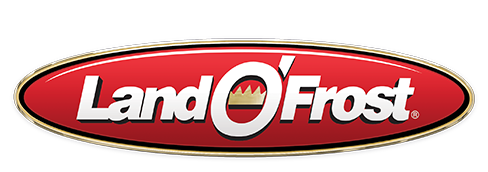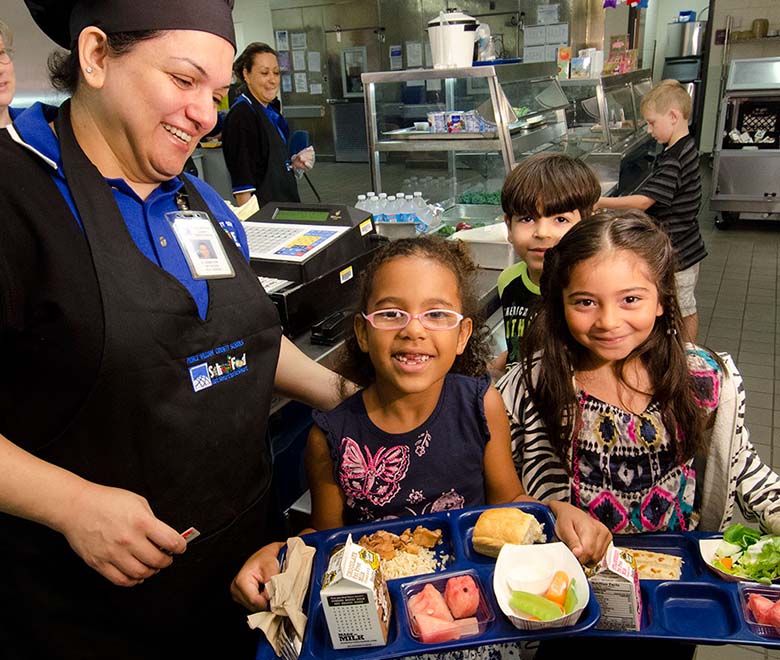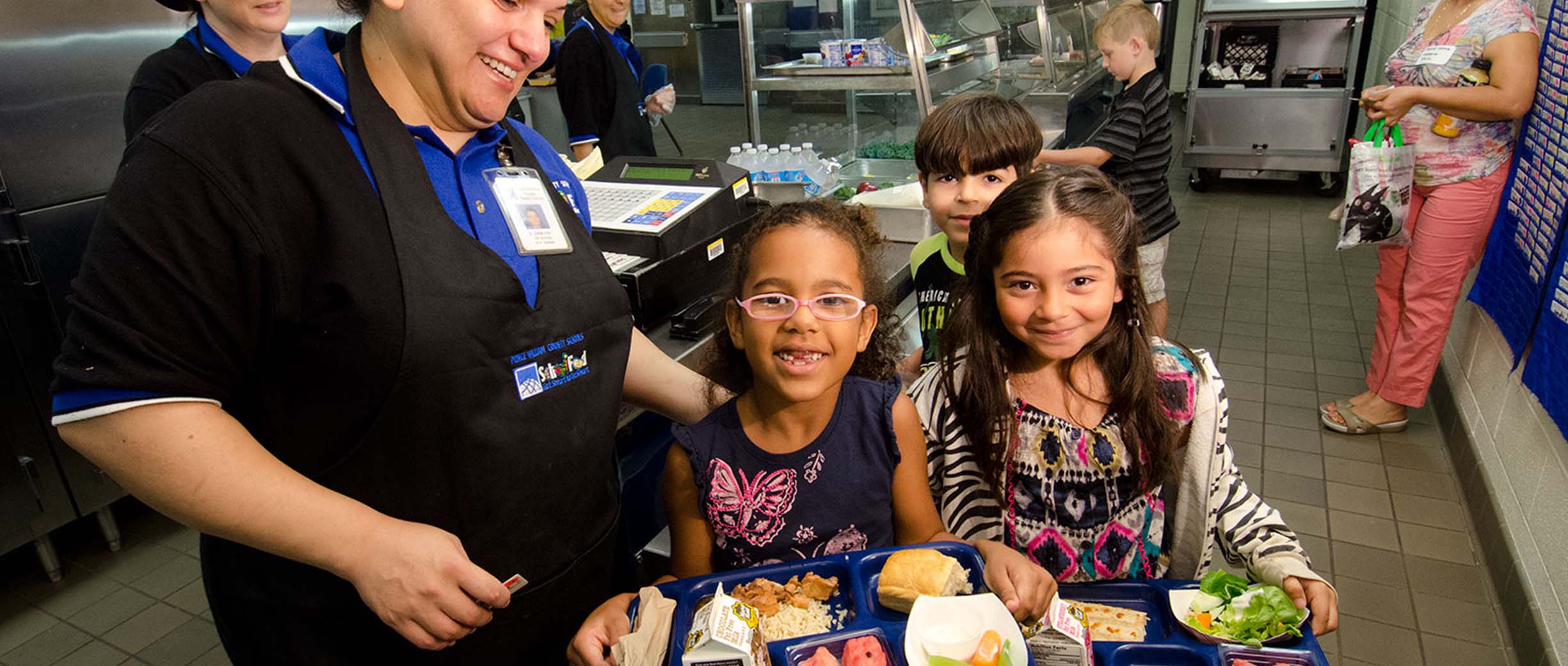In late November 2014, the
Los Angeles Times published an article titled, “
Brown bag school lunches have little nutrition—lots of dessert.” The article reported results of a new study published in the
JAMA Pediatrics journal by researchers who observed 337 kids at a dozen elementary and middle schools in Houston. They reached the conclusion that packed lunches fell far short of federal standards for the
National School Lunch Program (NSLP).
So how can parents choose the best lunch option for their children? We spoke with Melissa Halas-Liang, MA RDN CDE, to get her opinion. Melissa is a nationally recognized child and family nutrition expert and founder of the online nutrition resource,
SuperKids Nutrition.
Q:
What are common mistakes that parents make when packing lunches for their children?
Melissa Halas-Liang:
Parents often go for whatever is most convenient. For example, they buy bulk boxes of chips, crackers and granola bars because that’s what kids like and they’re easy to pack.
Preparing fresh fruits and vegetables can seem tedious for parents with a busy schedule, and often they pack non-perishable items to avoid using ice packs. Hot foods also aren’t always an option because elementary school children probably don’t have access to a microwave.
If they do provide fruits and vegetables, they may not be in kid-friendly ways. Whole apples, pears and oranges aren’t great options because kids have trouble peeling oranges or biting into apples and pears. Many schools provide fruit cups, so find out what they’re serving.
Q:
What should a packed lunch include or not include?
Halas-Liang:
Make it easy. Buy pre-washed or bite-sized veggies like sugar snap peas, baby carrots or cherry tomatoes. Instead of granola bars, pack baked blue corn chips with hummus or guacamole and string cheese.
Healthy snacks can add up a to a balanced meal and won’t seem overwhelming to pack.
Packed lunches should still mimic
MyPlate recommendations of half fruits and vegetables, a quarter whole grains and a quarter protein. Accomplishing this can be done in easy, travel-friendly ways!
For example, add baby spinach leaves to a fruit smoothie or pack flour tortillas or whole-grain flatbread with canned salmon. One of my daughter’s favorite lunches is fried rice made with brown rice, eggs and peas, served with a side of fruit.
Also, cutting sandwiches into funny shapes or making fun things your kids can assemble themselves—leave the raisins off ants on a log so your kid can have fun putting them on—are great ways to get kids more excited about healthy home-packed lunches. Just remember, some schools don’t allow peanut butter, but many allow sunflower seed butter, so see if your kids like that. Lastly, don’t forget to invest in some good ice packs.
Q:
What are pros/cons to packing lunch vs. buying it at school and vice versa?
Halas-Liang:
The pros for packing lunches are numerous. You can pack according to your kids’ likes and dislikes. It will also ease your mind because you know what you are giving your child, regardless if they eat it or give it away/trade with other kids for their slice of pizza.
And the cons? Time! It takes time to prepare a healthy meal and change it up everyday. But there are ways to make it easier. Packing lunches with the kids the night before is one way. This allows you to choose and prepare healthy options together when you’re not in a rush.
There are also pros to buying lunch at school. You don’t need to worry about packing lunches everyday or washing the dishes at night. Some school districts offer a lot of made-from-scratch foods that are pretty tasty and healthy. You also have the option of your child getting a hot meal rather than a cold sandwich. Because it’s required for students to take a veggie or fruit when purchasing their meal, you know that their fruit and veggie quota is being met.
Look at the school lunch menu at the beginning of the week and decide together which options your children will eat. Then, you can send them with money, confident that they will make a good choice.
Now for the cons to purchasing school lunches—there are a few. Parents won’t have complete control of what their children eat. Some school districts offer two entrée options, therefore your child could choose either one of them—one being an entrée that you may not want your child to have.
Even though there are NSLP guidelines, county laws determine how strictly they are enforced. Some counties are more lenient than others. And even though it’s required, not all schools do nutrient analysis for their meals. When they do, the numbers aren’t necessarily 100 percent accurate. For elementary schools, most school districts will make meeting the guidelines a priority, however the same thing can’t be said for middle school and high school. Some high schools may be serving high amounts of calories, fats and sodium to kids, which aren’t regularly monitored.
Some schools also have a lunch line and then a snack line. Even though the lunch meets (or likely meets) the NSLP guidelines, the snacks do not. Snacks must be paid for in cash, and you cannot exchange free lunch for these items. As a result, if you are sending your kids to school with money, they could choose these items instead of a nutritious lunch.
Q:
If parents opt to have their children purchase lunch at school, what should they keep in mind?
Halas-Liang:
Not everything is black and white. Although there are set guidelines, not all school districts follow them 100 percent. Your child may also choose to not eat lunch. You can give them money, but they may use it on something else or save it. Some kids save lunch money to buy trading cards or other items. If it’s an open campus, they might use the money to purchase outside food—fast food, for example.
Q:
Is there anything in the Los Angeles Times article with which you don’t agree? If so, which points, and what is your opinion otherwise?
Halas-Liang:
The biggest concern I have is that article does not specifically look at who was given school lunches and what was eaten. Just because kids have to take a fruit or vegetable, does not mean they will eat it.
If kids are eating fewer of the foods provided by the NSLP then home-packed lunches might rank higher. I think that the results showing that kids don’t eat everything they are given needs to be applied to school lunches too.
In the article, amounts eaten were given for packed lunches only, which could be misleading. For example, did all of the fruits and vegetables provided in the school lunches get eaten? Would the findings be similar to, more or less than home-packed lunches? It should mention that those amounts weren’t measured, but just assumed based on NSLP. Furthermore, research needs to include comparison schools from other states to see if the schools researched in Texas are representative of the nation as a whole.
More Lunch Inspiration
Discover a slew of lunch-packing ideas in the following articles:



